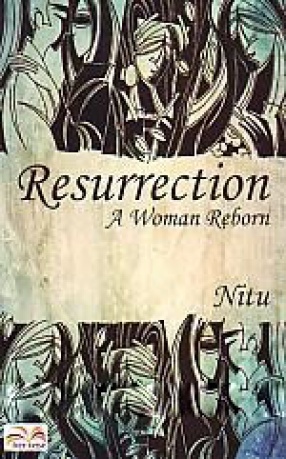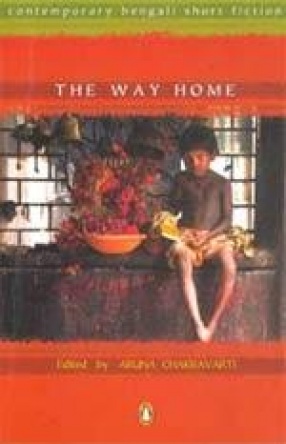The present book entitled "Radha the Eternal Beauty of Indian Literature" is a detailed study of the Radha-legend and Radha-cult which remain extensively scattered over written and oral literature of India covering both Sanskrit, Prakrta and regional languages of the country. It deals with the colourful character of the most popular and famous lady of Indian tradition. The present work is presented in eleven chapters in which the Radha-legend with a special emphasis on the character of the legendary lady — who is partly human and partly divine as reflected in different lyrics, poeties, Puranas, Dramas, Campu-Kavyas, Pancaratra, Upanisadic and Tantrie texts is dealt with. Among eleven chapters, the first being introductory and the last being conclusive, the first chapter is invariably a general introduction to the Radha episode. In this chapter, the meaning of the name of Radha and the Radha legend found in different sources are discussed in a general way. The second chapter entitled "The origin and development of the character of Radha in secular and religious literature : a study" presents in detail a discussion on the origin and the evolution of the Radha legend with the help of Prakrta and Sanskrit sources which embrace both religious and secular literature including lyrical poems, dramas, Puranas, Tantra, Pancaratra and Upanisadic texts. The third chapter is exclusively dedicated to the Radha legend found in the lyrical poems. Prominent lyrical poems in the Stotra-literature dedicated to Radha legend have also been discussed in this chapter. The chapter four deals with Radha as the supreme Sakti of Lord Visnu or Krsna. The chapter five pays a glowing tribute to Radha as a Goddess as it is confined to the study of the character of Radha as a Goddess described in the Purana literature. In the chapter six, Radha-story delineated in the Campu-Kavyas is critically discussed. The chapter seven deals with the Radha-story delineated in the Sanskrit dramas. The chapter eight of this book is devoted to the main works of poeties of Rupa Goswami. The chapter nine deals in details on the Radha-cult propagated in the Radhatantra, the only Tantric text on Radha. The chapter ten discusses in details on the Naradapancaratra and the Radha philosophy. Naradapancaratra is the only "Pancaratra" – text of the Vaisnavas which extensively deals with the divine character of Radha. The chapter eleven is a conclusive one where an endeavour is made to estimate the character of Radha reflected in different works in Sanskrit, Prakrta and regional languages of the country. She enjoys a very wide popularity as it can be imagined from the Radha-cult which have spread even into the secular literature of the different regions of India. Radha exerts a deep influence in Indian mind through her multi-coloured character. She has occupied an exalted position in both secular and religious texts. The author has utilised rare works like the Radhatantra in order to make the study on the legendary character of Radha a comprehensive one. Thus, the author has made a successful attempt in bringing to the light of common readers and learned academy the multi-colour character of this "wonder lady.
Radha the Eternal Beauty of Indian Literature
In stock
Free & Quick Delivery Worldwide
reviews
Bibliographic information
Title
Radha the Eternal Beauty of Indian Literature
Author
Edition
1st ed.
Publisher
ISBN
8186791515
Length
xviii+246p.
Subjects





There are no reviews yet.